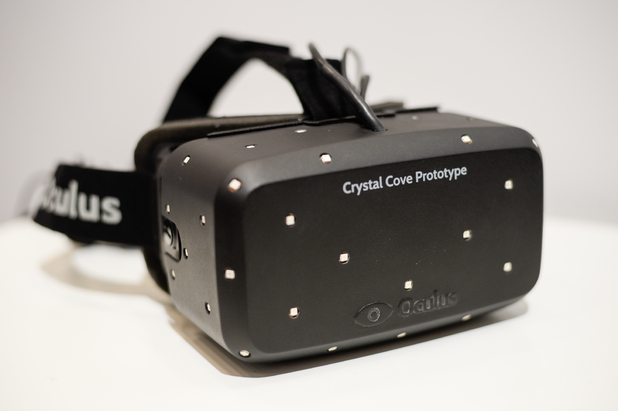I just read an article from the New York Times about bots. You can read it here. You may be asking yourself the question “What are bots?” or “What about bots?” Well, in this article, the bots that are referred to are the online bots. This meaning, those that you may have befriend on Facebook, Twitter etc…
Turns out, you can buy friends and influence! Can you believe it? Like in the Generation Like video we watched, the power of likes, re-tweets, follows etc… are all a form of currency in this generation. The amount that you get can mean multiple things such as popularity, attention and power. It makes me wonder if all these popular pages on Facebook, or Twitter accounts with millions of followers are actually mainly composed of these bots.
This article touches on how you can buy these followers, the popularity of even the power to sway others. These online bots are disguised as real humans. They camouflage themselves into our social media and act as humans do – posts realistic updates, responses etc… Quite scary if you ask me. It’s said that different people use bots, and that they’re not illegal, it being illegal only depends on how you decide to use these bots. Politicians use them, celebrities, heck maybe some of your more popular friends on social media are using them! Really, how many followers can one person really have?! (kidding, if you’re super popular!)
Bots can be bought, made by programs which you can purchase, but can also be made from scratch. How you use them is up to you. My questions are, would you pay for bots? If you would for what reason? Is this something we should worry about? or just accept that it’s become part of this generation, like how likes and re-tweets are.


